
Climate change is a complicated issue that needs creative solutions. Different applications require various strategies. Many people believe that electrification is the best way to achieve clean energy. This might be true for large companies that can afford it. However, homeowners might not be as financially prepared for this conversion. This is especially true for New Jersey residents who rely on gas, oil, and propane for their household needs.
In this article, we have included everything you need to know about the hidden costs of electrification.
The Hidden Costs Of Electrification – Things You Need To Know!
Contents
- 1 The Hidden Costs Of Electrification – Things You Need To Know!
- 1.1 Replacing Traditional Heating Systems with Electrical Heat Pumps
- 1.2 Replacing Fuel-Based Water Heaters With Electric Water Heaters
- 1.3 Converting from a Gas Cooking Range to an Electric Stove
- 1.4 Setting Up an Electric Car Charging Station
- 1.5 Replacement of Gas Dryers with Electric Dryers
- 1.6 Upgrading Electrical Service from 100A to 200A
- 2 Obstacles and Consequences of the Energy Master Plan
- 3 Take Action Now
Read on to find out a few of the upfront expenses that come with electricity conversion.
Replacing Traditional Heating Systems with Electrical Heat Pumps
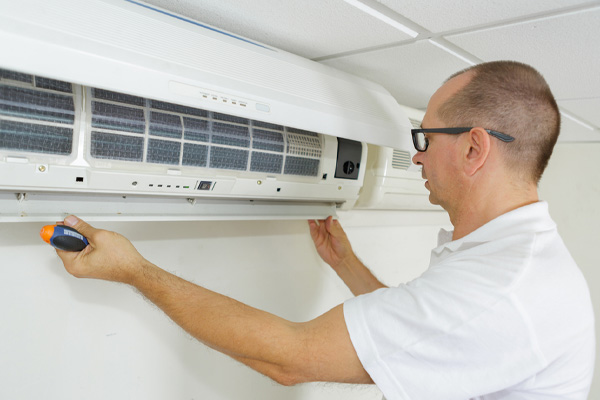
Heat pumps are highly energy-efficient and can be used throughout the year. These features make it appealing for homeowners to make the switch. However, heat pumps’ performance declines when temperatures drop.1 This is something to consider for New Jersey homeowners because NJ frequently experiences low temperatures during the winter season. Therefore, residents require a reliable heating system when temperatures plummet outdoors.
Several heat pump models also require ducts to operate. If your home isn’t fitted with ductwork yet, you also have to consider the high cost of HVAC ductwork installation and how long it will take to complete it. New Jersey is home to many old houses that were built without HVAC ductwork in mind. Therefore, ceilings and walls need to be overhauled. It can cost homeowners from $6,800 to $12,400 to retrofit ductwork.2
Older homes’ electrical systems might not be able to handle the heat pump’s power needs as well. Therefore, a capacity upgrade is necessary. Most homes need to prepare $4,000 to $7,000 for this increase in capacity, making it hard to justify replacing traditional heaters with electrical heat pumps.3
Replacing Fuel-Based Water Heaters With Electric Water Heaters
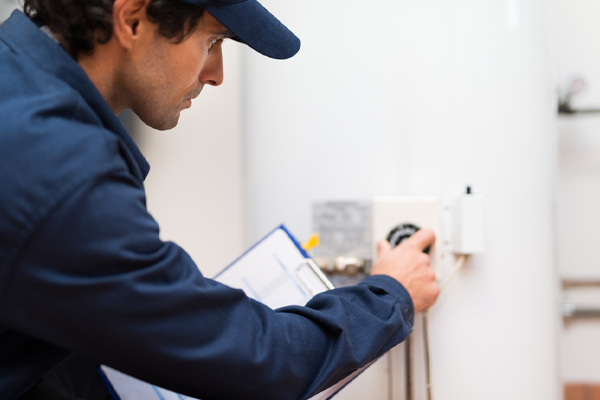
Water heaters are essential in all homes. This device makes cleaning, cooking, and bathing a lot easier. The fuel used by home heating units is also frequently used to power water heaters. Many households utilize gas, propane, or heating oil due to the low cost.
If you want to be an all-electric household, you’ll need to install an electric water heater. This is not a small matter because you could end up spending around $4,000 for labor and materials.4 Large homes may even require multiple heaters, spiking costs even further.
Removing your current water heater can also be costly if placed in a hard-to-access area. Contractors may estimate as much as $500 for it. Homeowners might also spend more to extend the warranty coverage of the new unit. Other things that can cause the expenses to balloon by as much as $3,000 include permits, electrical work, expansion tanks, and carpentry. Cosmetic repairs, like retiling the shower or drywall repairs, might also be necessary.
Converting from a Gas Cooking Range to an Electric Stove
Gas stoves use 120V, while electric stoves utilize 240V. Homeowners need to consult with an electrician to conduct the required changes. A compatible receptacle must be installed near the stove, and new wires must run from the circuit breaker. This can cost around $400 or more, depending on the existing kitchen design.5
Electric stoves are easier to clean and have precise temperature control. However, gas stoves can heat food faster and have a longer service life. If you live in an area that experiences frequent power outages, you might want to think twice before converting. If you end up converting, it is a must to have cooking alternatives in case of emergencies.
Setting Up an Electric Car Charging Station
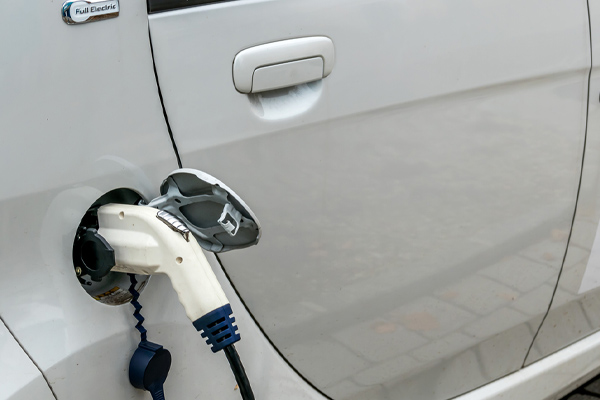
Electrification for personal transport includes more than buying an electric vehicle. It needs to be charged regularly so that it continues to run. Therefore, an electric car charging station at home needs to be set up. The installation cost will rely on the EV type and the setup complexity. The national average price for this is around $750.
Basic charging stations or Level 1 cost less but they are slow. Most can be plugged in directly to a standard 120V socket. Advanced chargers or Level 2 offer faster charging times but are costlier to buy and install. You might have to spend under $2,000 for high-end installations.6 The cost of electricity consumed during vehicle charging every night also needs to be factored in. This factor is reliant on the miles traveled.
Replacement of Gas Dryers with Electric Dryers
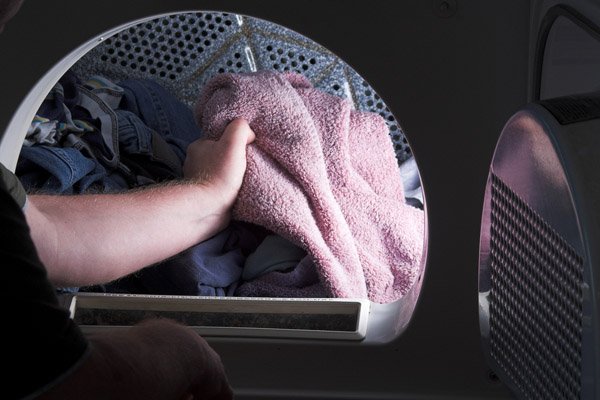
Gas dryers and electric dryers produce heat to dry the water from clothes. This allows you to reuse clothes faster than just air-drying them. Some homeowners like gas dryers more as they run at half the price of electric ones.7 Bob Villa states that gas dryers only consume an average of 15-25 cents per load, while electric models cost 30-40 cents per load. Therefore, gas-powered dryers offer long-term savings.8
Some homeowners might insist on an electric dryer conversion, so they need to buy a brand new unit. They also need a 240V socket, so you need to hire a licensed electrician to have one installed in the laundry room. The price to get this done can range from $250 to $1,000. Smaller electric dryers might work using the standard 120V wall sockets, but this limited capacity can be frustrating.
A Note about Disconnecting Gas
If you want to switch to an all-electric dryer, you need to have the gas supply disconnected. You will need to hire a contractor to help you. They will find the shutoff valve that’s connected to the gas pipe going through the wall. The contractor will turn it off to stop the flow so that they can disconnect the tubing. They also need to protect the valve from dust and dirt.
Homes that don’t have compatible outlets need to resolve this issue first with an electrician’s help. This can be easy and quick as long as there is accessible wiring. It will cost around $350 to get this job done. However, it can be a slow and challenging task if drywall gets in the way. A homeowner could spend more than $1,000 to conduct the installation and repair the resulting damage.9 Some homes might also need additional capacity for the breaker panel, and this requires extra cost. Have an electrician give you a quote before you proceed with a project like this.
Upgrading Electrical Service from 100A to 200A
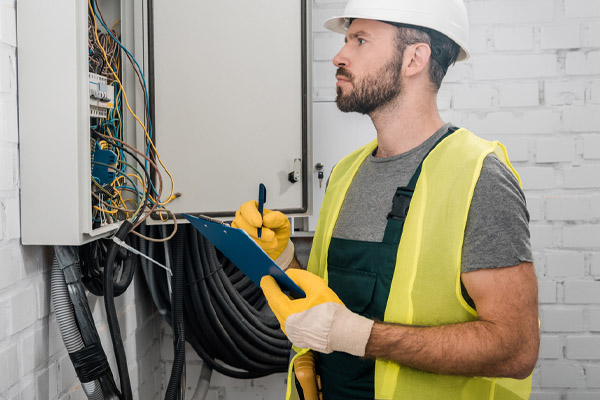
It is quite common that old New Jersey homes have their electric service rated at 100 amperes. This is enough to power traditional appliances. However, the increasing electricity dependence means you might need to upgrade to 200 amperes. This way, multiple appliances can run in parallel without issues.
A homeowner might have to shell out $750 to $2,000 for the box and the installation. This can increase if the process needs a permit, new wires, and a circuit breaker. If you are experienced with electrical work, you can conduct a DIY to stay on the lower end of the price range. You can also try looking for electricians who offer a low hourly rate. However, if the process needs a major electrical wiring overhaul, the total cost can easily increase to $4,500.10
Obstacles and Consequences of the Energy Master Plan
Environmental consciousness is at its highest. Many people are eager to help push for clean energy. New Jersey, along with the rest of the US, is trying to reduce climate change. Its Energy Master Plan targets to have 100% clean energy by 2050. The residential energy industry helps back this up, but the plan’s consequences and obstacles cannot be ignored. Families should be made aware of what will happen should the EMP be implemented. It is their right to see the whole picture, which includes how it will affect the finances of each household.
Take Action Now:
Let your voice be heard. Send a message to your local senator. Click the button below to take action today!
Significant and Unnecessary Upfront Costs
The conversion from gas to electric to power your household’s heating and cooling is an expensive task. It is a must to look at more than the units’ prices and check the hidden costs. They can add up to staggering figures. NJ contractors estimate that converting to heat pumps can have a total cost of over $20,000 for a whole house. This can spike higher with the cost for the electrification of water heaters, cooking stoves, and clothes dryers, among other gas-dependent appliances. The upfront price might be too much for a lot of households. Even families that can afford it might look for cheaper and better alternatives available.
Unmanageable and Ongoing Expenses
The widespread utilization of oil- or gas-powered machines and appliances makes sense financially. Oil and gas are cheaper compared to electricity as per the state’s current consumption rates. When more households shift to electricity, the higher demand will push an increase in power costs. This can be a challenge during the winter when all homes have to run their heat pumps all day. It might be better to provide several low-carbon alternatives instead of focusing on electrification only. This way, costs can be controlled, and clean energy can be viable for homeowners.
Unnecessary Strain on Current Electric Grid
Heat pumps are known to be highly efficient. However, they use a lot of power to run. If this is the only heat source during winter, the power grid will experience an unnecessary strain.11 The infrastructure needs massive upgrades to ensure that it is ready for the task. This will require significant investments and a lot of work. Although upgrades are completed, households might be unsatisfied with the warmth heat pumps provide on the coldest days of the year. This drop-in heat pump performance makes it essential to have heating alternatives available in homes.
It is essential to keep in mind the brownout situation that happened in Texas in February 2021. There were 111 people who died in the 2021 winter storm in Texas.12 This occurrence exemplifies how the rise in power demands can result in disastrous rolling blackouts. This is particularly true during the winter as there are increased power demands for indoor heating.
Missed Opportunities
SmartHeatNJ.com states that, according to the US Energy Information Administration, only 13% of all US households use electricity for heating.13 Natural gas is more commonly used at 75%, while only 10% use other petroleum products. It is clear that New Jersey’s complete electrification plan by 2050 needs a lot of work. It might not even be required as there are many cheaper low-carbon and zero-carbon alternatives are emerging. This includes Bioheat and renewable natural gas, which offer lower emissions without expensive equipment conversions.
Conclusion
Going towards a more sustainable future needs to be navigated carefully. Solutions that might seem like the obvious choice could pose problems upon closer checking. The Energy Master Plan of New Jersey calls for a costly switch to electric heat pumps. Low-income households might not be able to afford to do this without financial help. The power consumption price can be too much for those who are already struggling to make ends meet. It might be time to look for other ways to push forward so that people have more viable options for clean energy.
Take Action Now
Let your voice be heard by sending a message to your local senator. Click the button below to take action today!
Resources:
1. Weather in New Jersey: Climate, Seasons, and Average Monthly Temperature ↩
2. Comparative Energy Use of Residential Gas Furnaces and Electric Heat Pumps ↩
3. Op-Ed: The big and costly flaw in Gov. Murphy’s Energy Master Plan ↩
4. How Much Does Water Heater Replacement Cost? ↩
5. Should I Convert My Electric Stove to a Gas? ↩
6. How Much Does An Electric Car Charging Station Installation Cost? ↩
7. Can A Gas Dryer Be Converted To Electric? ↩
8. Choosing a New Appliance: Gas vs. Electric Dryers ↩
9. I Want to Replace Gas Clothes Dryer with an All-electric One. Who do I Contact about Disconnecting Gas? ↩
10. How Much Does it Cost to Upgrade to a 200 AMP Service? ↩
11. Why does the electricity grid have to stay in balance? ↩
12. Texas Tribune: At Least 111 People Died In Texas During Winter Storm, Most From Hypothermia ↩
13. Inside the Energy Master Plan ↩



